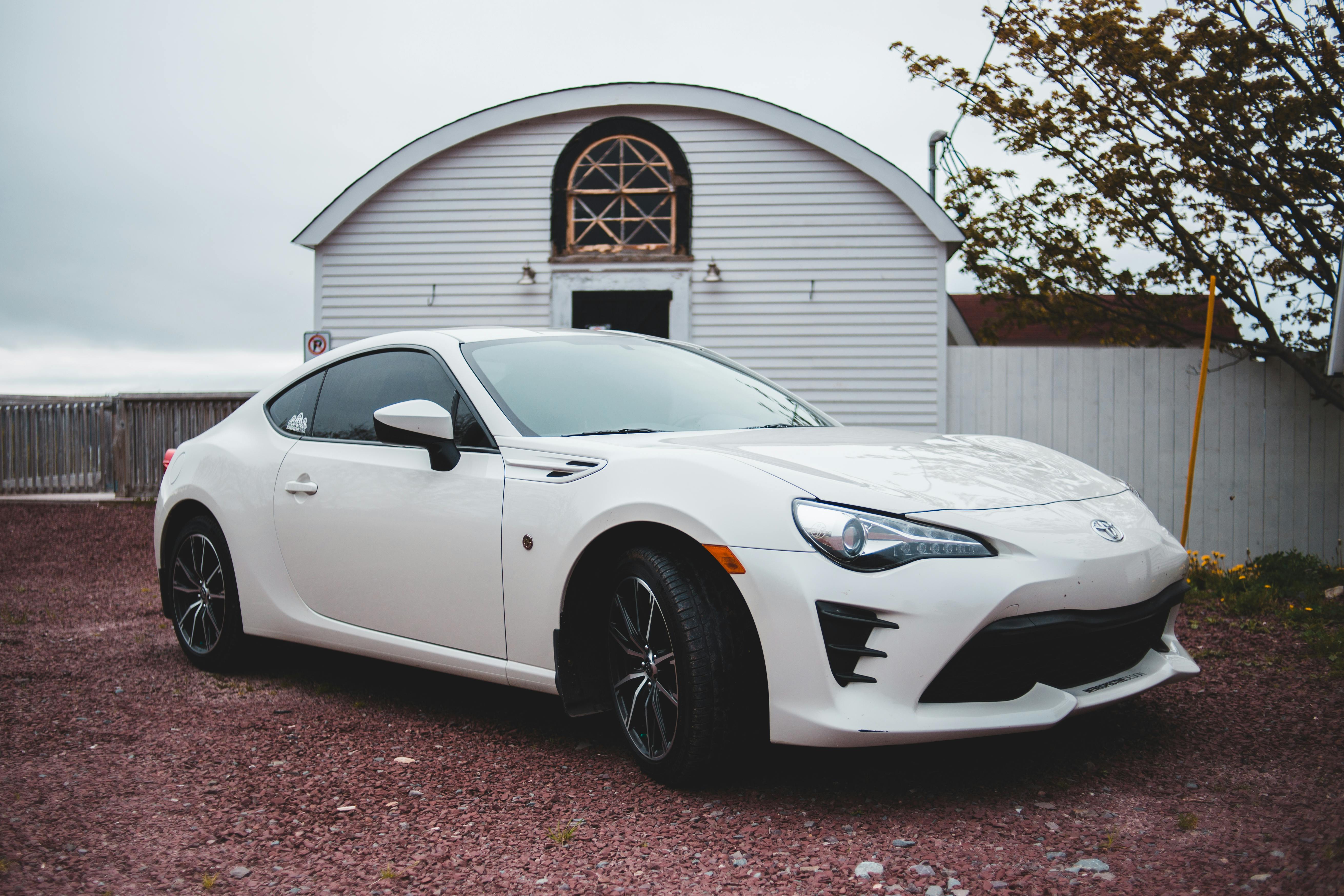buy a used car
When making the decision to buy a used car, there are some pros and cons that you need to consider.
Benefits include a lower purchase price, the potential for lower property taxes, and an overall reduction in the cost of car insurance. The downside is that there are roughly over 2 million vehicles involved in accidents each year and the chances are high that you will find one of those damaged cars.
Also, your used car will not come with a new car warranty and there is a chance that the vehicle will be prone to problems much sooner, obviously, than if it were new.
Consider taking these steps before you even begin the process of looking for a used car. Most dealers offer Certified Pre-Owned vehicles. This is your best bet in the used car market. CPO vehicles on average have less than 50,000 miles and have passed multi-point inspections.
Any issues related to service or repairs are resolved before the car is put on the lot. Most auto companies will include an extended warranty at no additional cost for additional parts (such as transmission and engine). These will be the cleanest and best maintained used cars.
Look for used cars that have a substantial amount, or at least a portion, of the manufacturer’s warranty. Often with newer car models, you run the risk that the three-year/36,000-mile warranty has expired.
If you limit your search to cars that haven’t hit that mark yet, you’ll be looking for a better used car. Be sure to ask if the warranty is fully transferable.
Ask the dealer to provide you with the vehicle’s service records. If the records are up to date and complete, this is usually a good sign. Now, if you’re told the logs aren’t available, that’s a bit suspicious.
You want a used car that has been taken care of and is in excellent condition. If it looks like the dealer is hiding something, even if it’s service records, then they usually are.
That’s why it’s in your best interest to have the vehicle checked out by an outside mechanic. This could be the exact make/model he is looking for, but just by looking at it, he has no idea what this car has been through. A mechanic can put the car on a lift and spot any previous crash damage, corrosion, frame damage that may be hidden, and any leaks.
Beware of a dealer who rejects the opinion of an outside mechanic. That usually means he’s aware of damage that you may not recognize.
Your used car must pass safety and emissions tests given by your state. This is a legal requirement, and will be your responsibility. You want to avoid additional costs and fees for your used car.
Make sure it’s clear to pass these tests before you buy. You will not be able to register or drive the car until it passes inspections. Be careful not to sign any “as is” statements in a contract. By doing so, you accept that once the car leaves the lot, any problem is now your problem. It takes about 30 days to make sure there is no problem with the used vehicle.
It is very important to do a background check on the used car of your interest. Inspecting it on your own and even with the help of an outside mechanic will not tell you the history of the vehicle.
By searching the National Highway Traffic Safety Administrator website, you will find valuable information compiled by JD Power and Associates. There will be listings related to recalls and safety-related defects. If there is a complaint about this vehicle, the Internet is the place to find it. Consumer Reports is also an excellent source of information.
Finally, take the vehicle identification number of the used car and run a report through a reputable company like CARFAX or Experian AutoCheck Vehicle History. You will learn about previous accidents, manufacturer buybacks, and any fraud towards the vehicle.
In the long run, you’ll be thankful for doing all the extra checks before you buy a used car. If you can’t get a new vehicle, make sure you get a used one that comes close to being exactly that.
